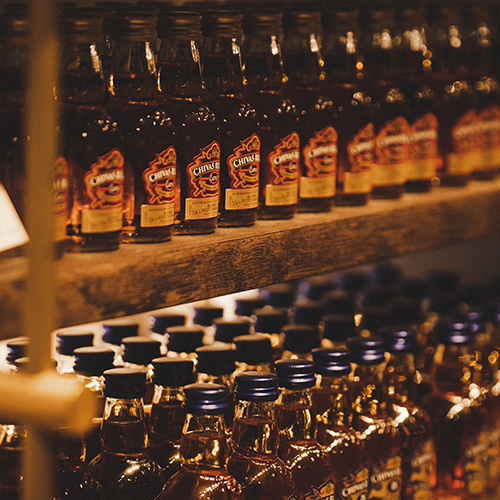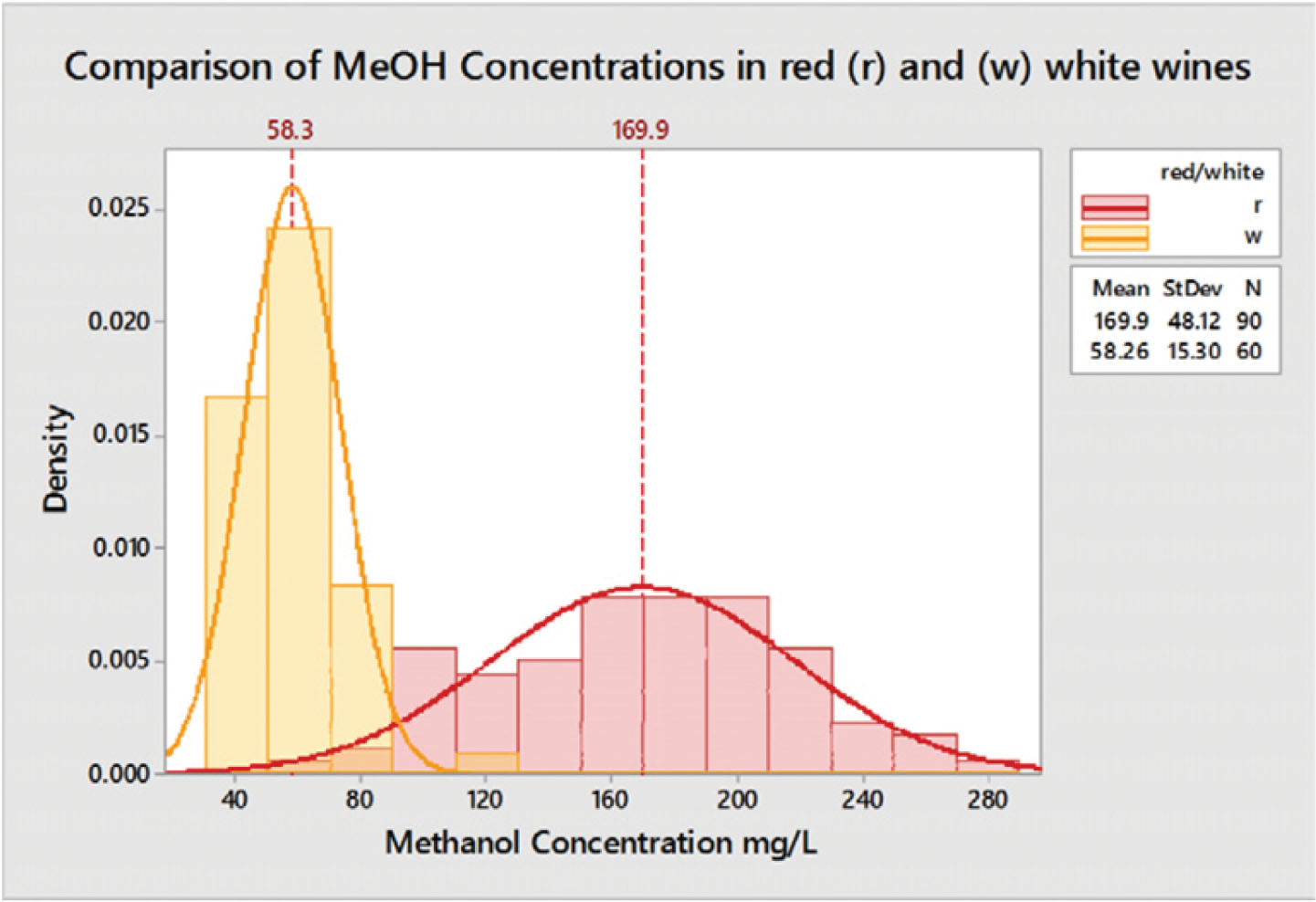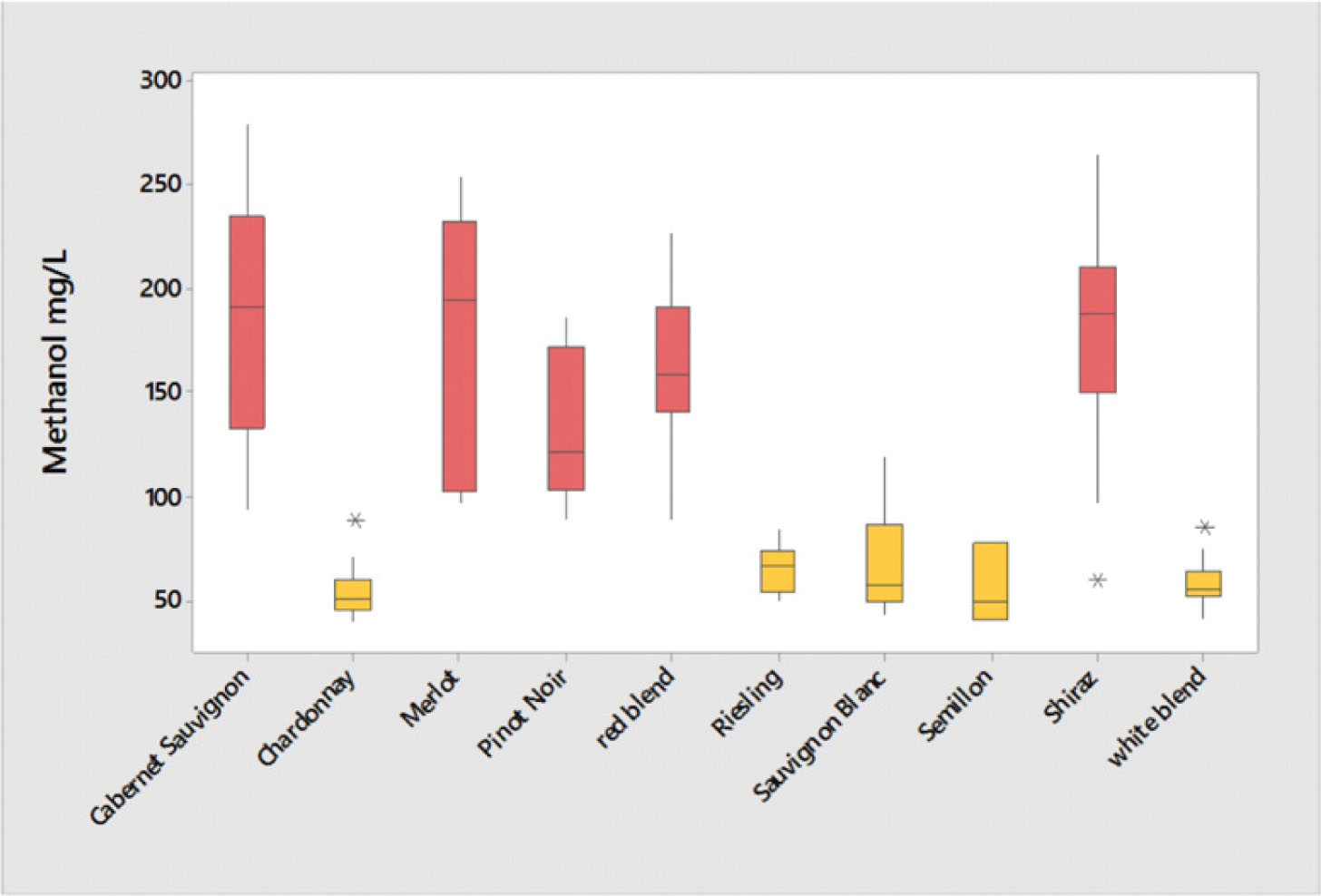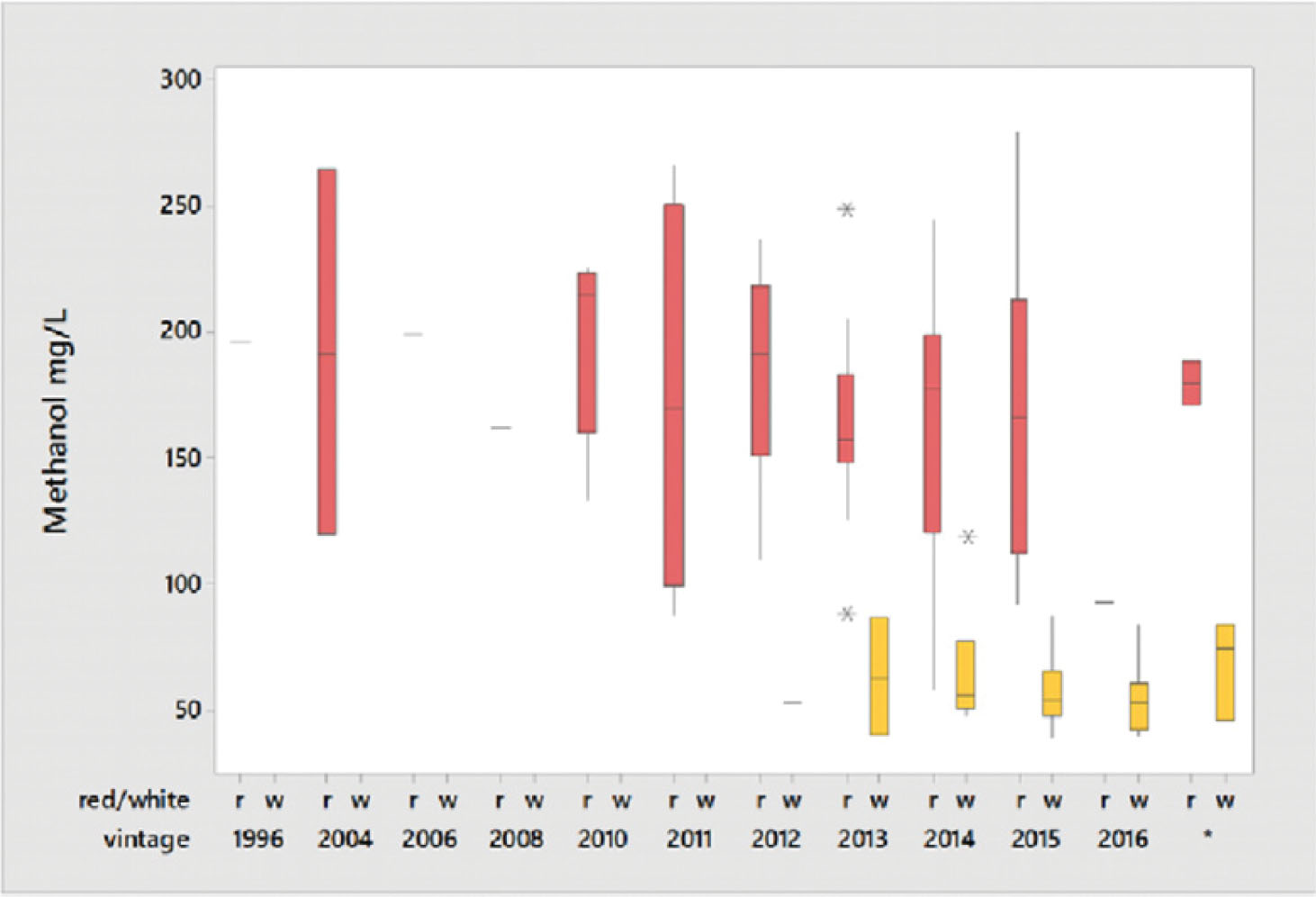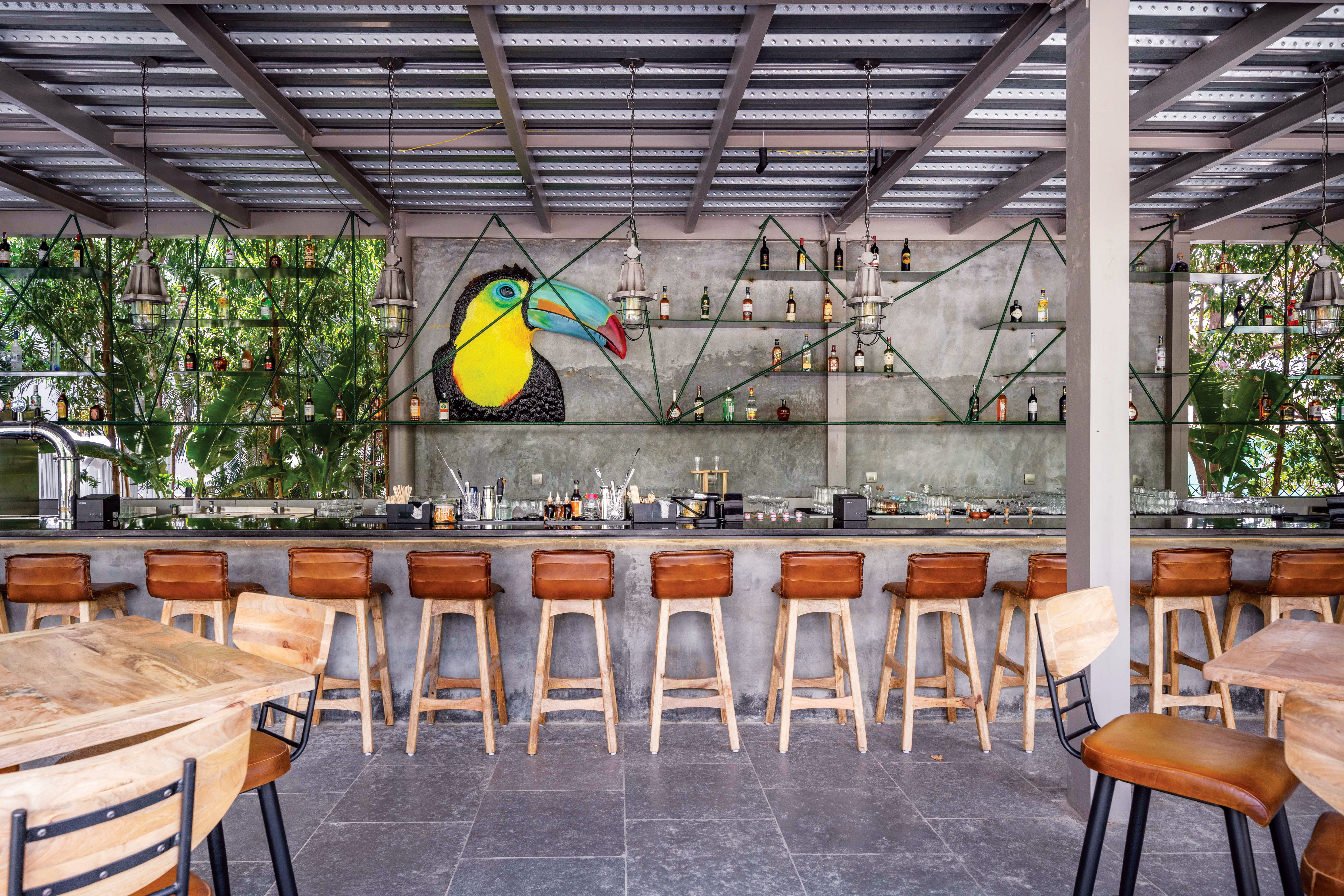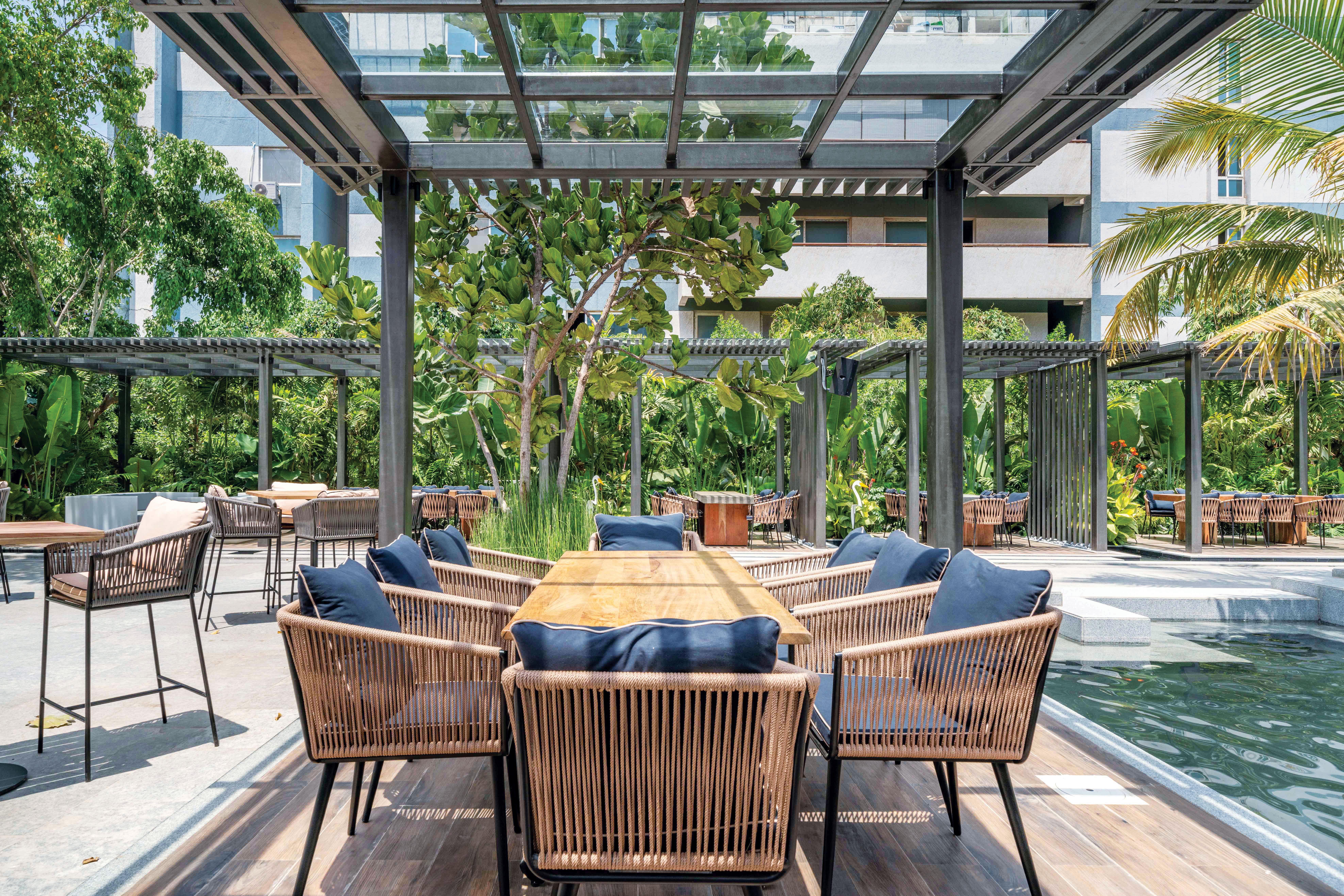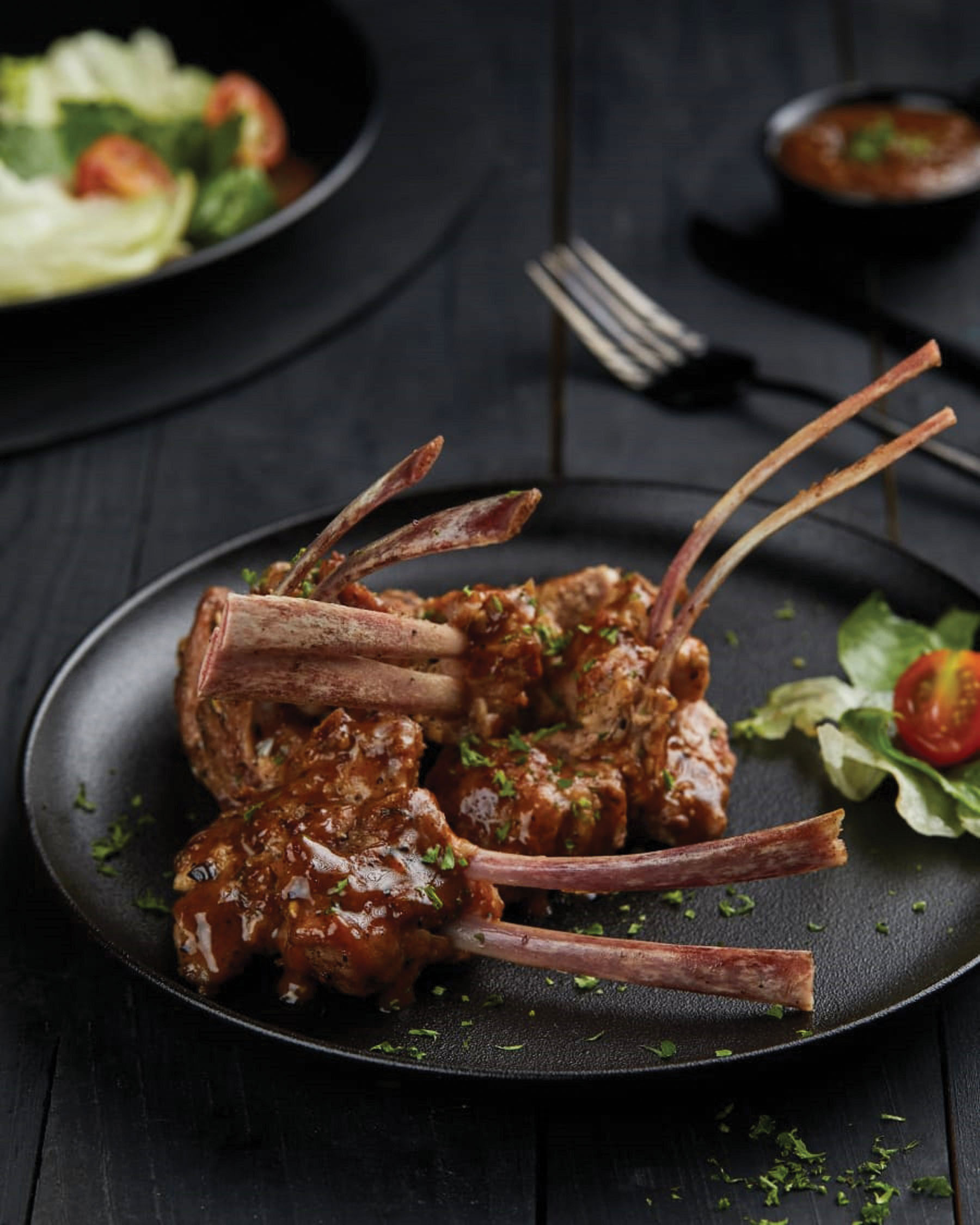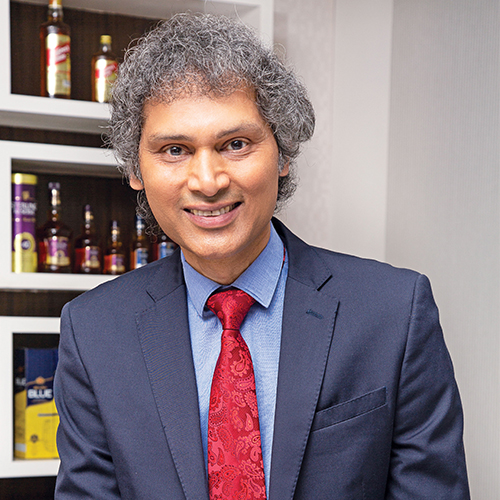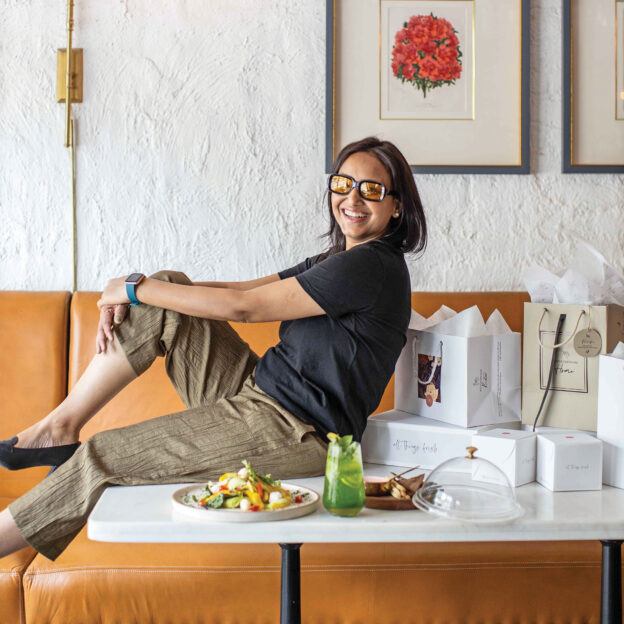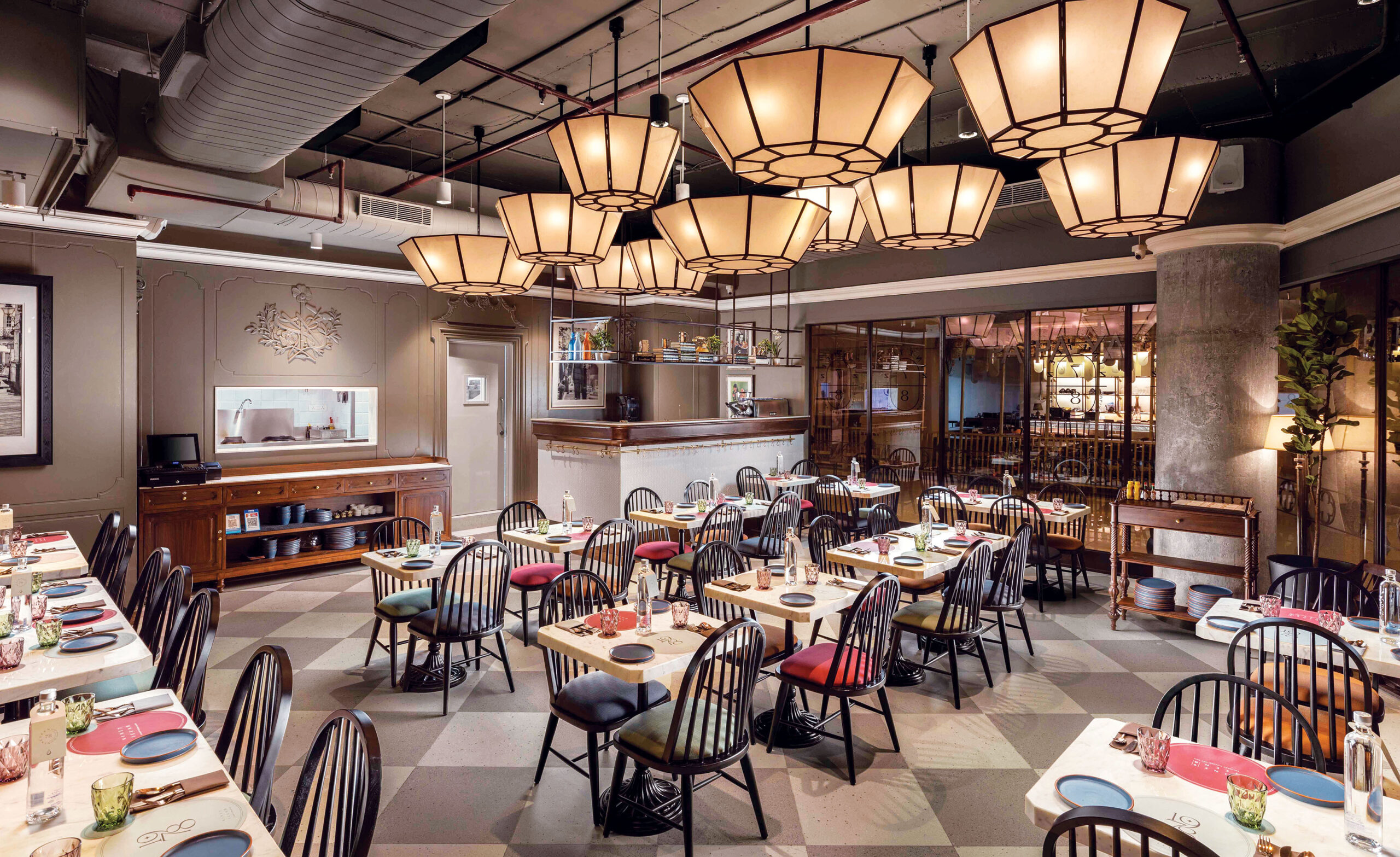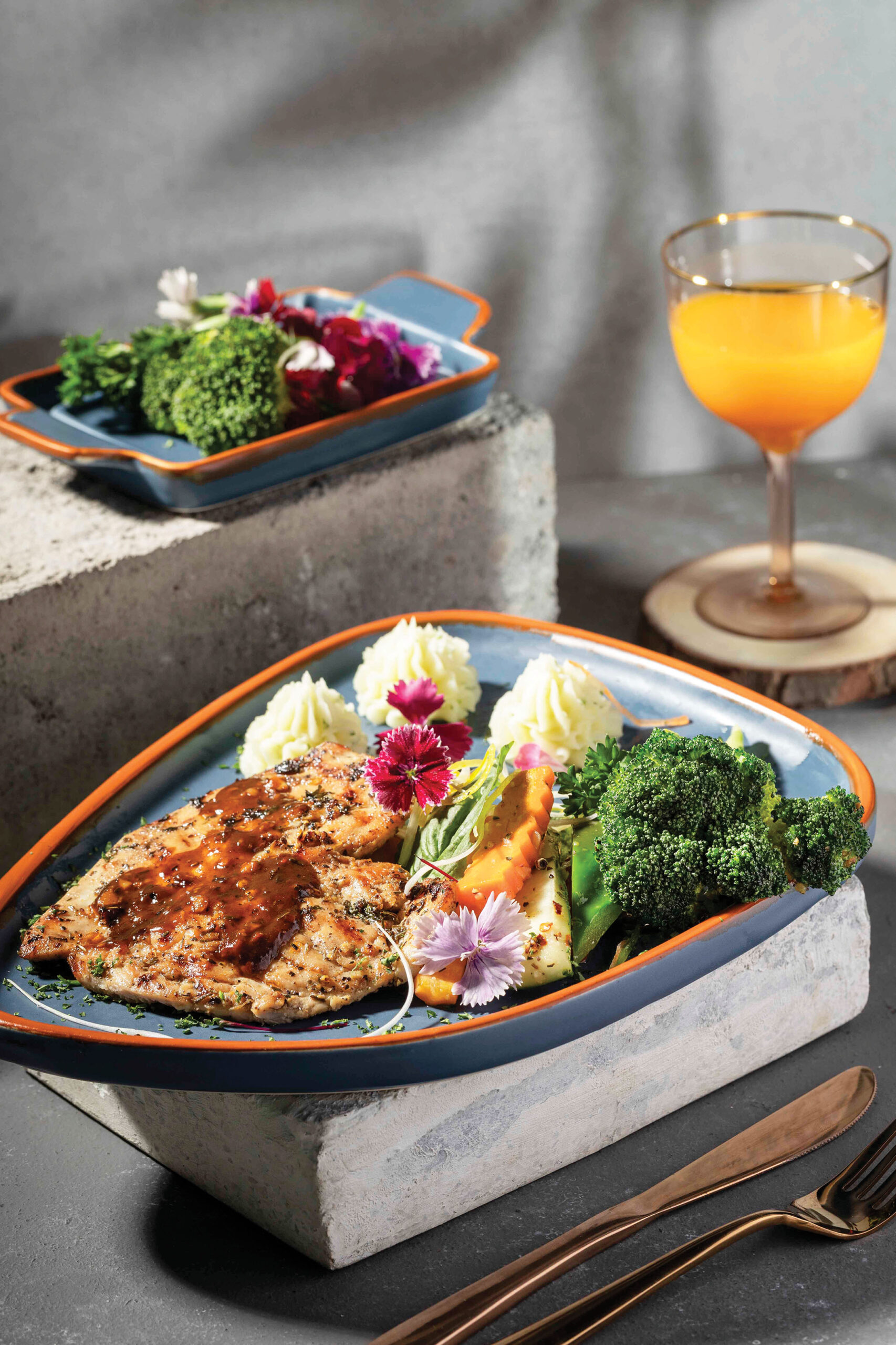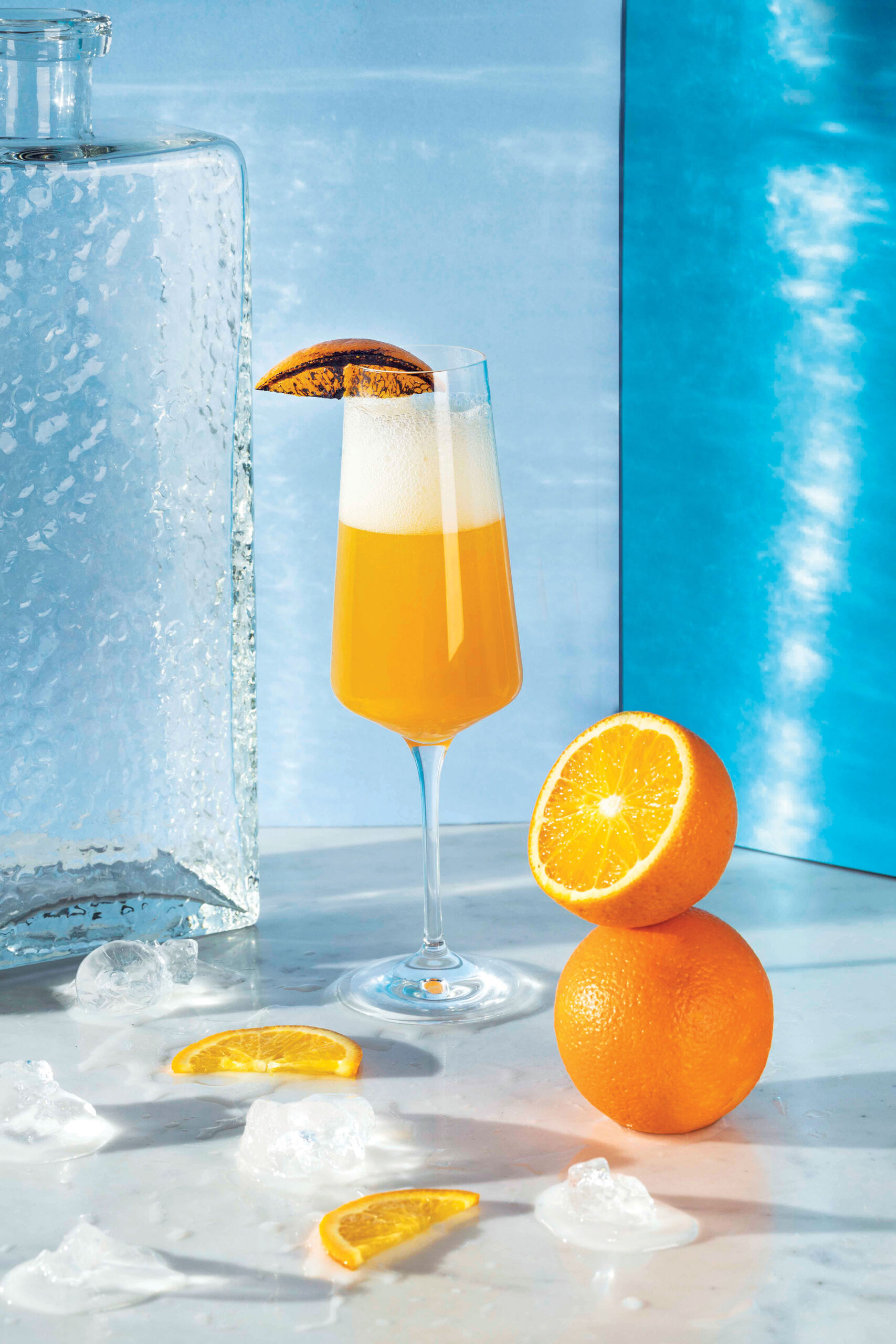With Delhi showing the way will Mumbai follow suit. Perhaps the commercial capital of India will want the city to mix business with pleasure. Additional taxes will help boost the government finances.
The Delhi government has granted permission to all pubs and restaurants serving liquor to stay open till 3am — a move aimed at elevating the Capital’s nightlife, which could help revive the hospitality industry that is still reeling from the pandemic, and increasing employment opportunities.
A formal order is likely to be issued soon, people familiar with the matter said, adding that the government is coordinating with Delhi Police and other agencies for the safe implementation of the new timings. Most pubs and restaurants, barring some exceptions, are currently allowed to stay open till 1am.
Though Delhi’s new excise policy was implemented on November 17, 2021, the change in operating hours will not kick in until a specific order is issued. Though Delhi’s new excise policy was implemented on November 17, 2021, the change in operating hours will not kick in until a specific order is issued.
The Delhi government has granted permission to all pubs and restaurants serving liquor to stay open till 3 am — a move aimed at elevating the Capital’s nightlife, giving a shot in the arm to the hospitality industry that is still reeling from the pandemic, and increasing employment opportunities.
Zorawar Kalra, MD, Massive Restaurants says that it will have a huge positive impact on the entire industry and the economy of the city as all stakeholders will benefit.

The government benefits due to added tax and excise collections. The employees benefit due to added shifts requiring additional people. The customers benefit as they get vibrant nightlife and the freedom to dine at whatever time they choose. And the industry benefits due to the potential of added revenue.
Abhinav Jindal, CEO & Founder, Kimaya Himalayan Beverages had this to say “Delhi Government’s recent announcement for restaurants and bars to remain open till 3 am is an appreciated move showcasing Delhi as a progressive city on the world map. We welcome this decision as a part of the industry.

This cosmopolitan city will allow people to enjoy themselves at their convenience without rushing due to time restrictions. Moreover, it will not only encourage and provide ease of doing business in the city, but will also add up to the revenues of the hard-hit HORECA industry which sees newer opportunities after two years of the pandemic.
In addition to this, this will also help us all promote responsible drinking among consumers. They will not be under the pressure of finishing drinks, rather enabling them to enjoy for longer hours and responsibly. Further enhancing experience for consumers and industry. Look forward to witnessing this positive change in Delhi’s nightlife!”
In an official government note, deputy chief minister Manish Sisodia, who holds the excise portfolio, asked the department recently to extend the closing time of restaurants, and to ensure that no establishment is subjected to harassment if it stays open till 3am.
“As part of our policy of ease of doing business and also to bring some cultural and nightlife activity in the national capital, which will further enhance the employment opportunity of our people, the Delhi government approved the New Excise Policy in November 2021 allowing the operating timings of restaurants up to 3am in consonance with the operational timings of NCR cities including Gurugram and Noida. The final implementation is being coordinated with the other agencies including Delhi Police,” read the file noting signed by Manish Sisodia.
“In the meantime, the excise department of Delhi, for all practical purposes, [is] to consider the closing time of restaurants as 3am, and no restaurant will be subject to any harassment on account of operation up to 3am,” the note added.
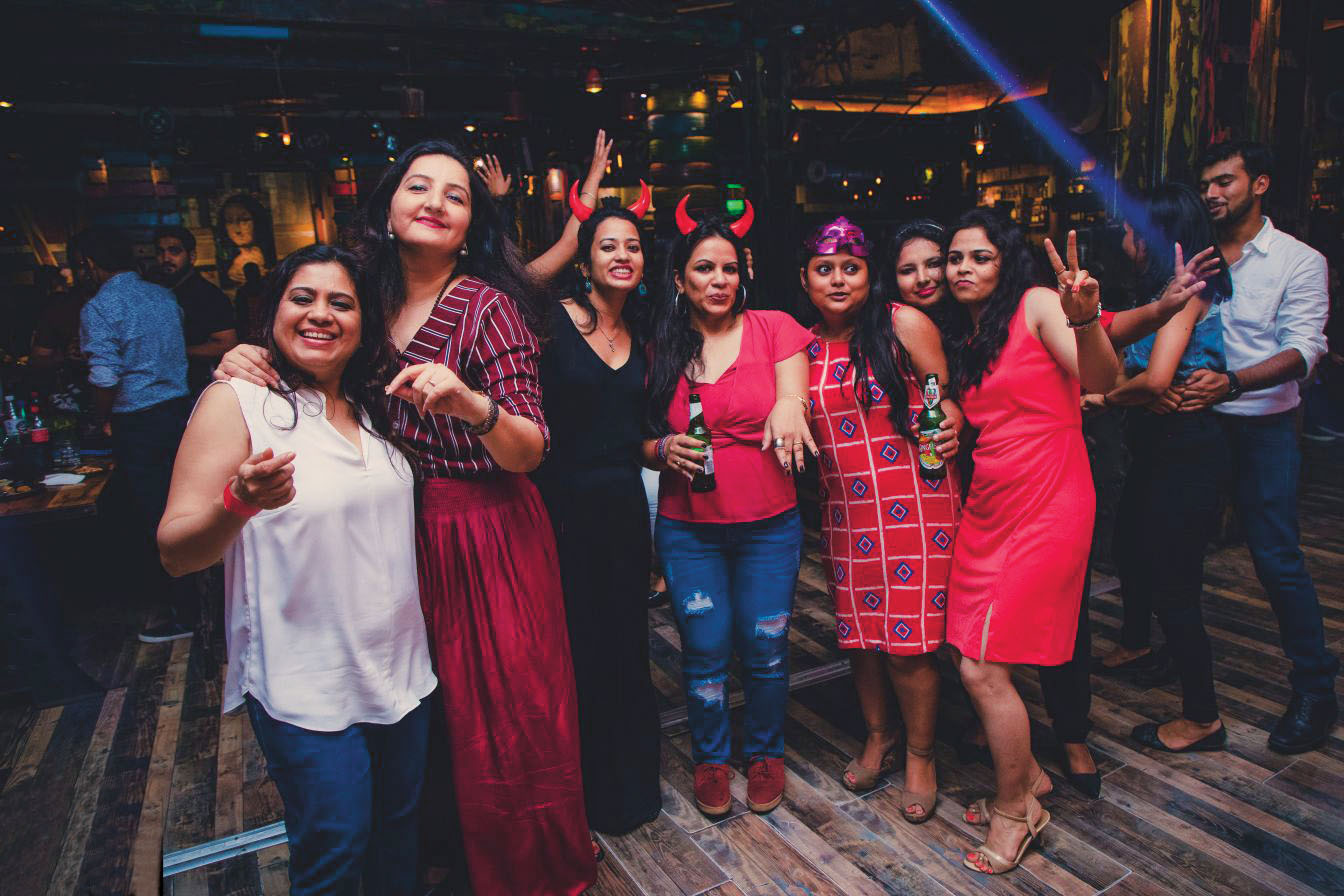
Among NCR cities, Gurugram allowed pubs to remain open 24×7 while in Noida, pubs can operate till 2am. In Gurugram, pubs were allowed to allowed to open till 6 am last year but the new policy announced by the Haryana government allows such outlets to remain open 24×7. In Noida, since April 2019, all pubs can operate till 1am and this can be extended to 2 am for a fee.
Though Delhi’s new excise policy was implemented on November 17, 2021, the change in operating hours will not kick in until a specific order is issued. For example, another key change in the policy — lowering the drinking age from 25 to 21 — is yet to be implemented because the Delhi government is yet to amend the Delhi Excise Act.
While Delhi Police has not issued an official response, a senior officer said they were not aware of any such order yet. “The Delhi government has not consulted with the Delhi Police while issuing the said order. When the order was notified, the Delhi Police had raised concerns related to law and order, traffic disorder, as well as safety and security of citizens, especially women,” said a senior officer, who is aware of the matter.
There have been demands to extend the operating hours since the excise policy was implemented last November, and a group of representatives of the National Restaurant Association of India met Sisodia recently to urge the government to push the change through.
“Restaurants have already paid the excise fee as per the new policy, but continue to be restricted to the old operating timings – leading to huge business losses in this critical recovery phase for the industry. Non-implementation of this most important change is putting the industry into much deeper distress than before. This will surely negate the gains that are expected from the reforms undertaken by the Delhi government,” said the NRAI representation submitted to Sisodia.
According to Rahul Singh, trustee of NRAI, restaurants not serving liquor in Delhi are allowed to operate 24 hours if they so choose, but restaurants serving liquor operate with an L-17 licence, which only permits the service of liquor in independent restaurants till 1 am.
To be sure, the 24-hour service of liquor is allowed in restaurants inside five-star hotels, and those located in the arrival or departure terminals of IGI airport.
Restaurants serving liquor in Delhi need multiple licences from different agencies to operate in Delhi, but only the excise and police licences specify timing restrictions. The health, and shop and establishment licences given by the municipal corporations, the food safety licence given by the Food Safety and Standards Authority of India, and the fire licence given by Delhi Fire Services, don’t have any timing specifications.
Restaurateurs welcomed the Delhi government’s move
“Delhi is truly a world city, the capital of our nation, and the most visited city too. Tourists as well as the residents truly deserve a global experience. With longer office working hours and the commute, there is always a paucity of time for patrons to have a relaxed evening. Extending service of liquor in a restaurant will provide relief from binge drinking. This will increase jobs in the hospitality sector, and more revenues to the city’s exchequer. While some will question the law-and-order aspects, one has to realise that when there are people on the street and the city is vibrant, there is less crime. Look at examples of global cities and even our own airports, railway stations which operate 24/7,” NRAI’s Rahul Singh said.
Sanjeev Mehra, president of Khan Market Traders’ Association, however, cautioned against the move. “It will also not lead to any increase in business for many of the regular traders and shop owners. But the move will definitely put additional burden on Delhi Police, which is already overburdened, and may lead to increase in law-and-order issues,” he said.
Meanwhile, the BJP slammed the Delhi government’s move. “The new excise policy is going to destroy the future of Delhi’s youth. Permitting restaurants to serve liquor till 3am is nothing but promoting use of alcohol among people. It may also lead to law-and-order situation in the capital,” said Ramvir Singh Bidhuri, leader of opposition in Delhi assembly. Delhi satellites Noida and Gurugram come under Uttar Pradesh and Haryana respectively, and both states are ruled by the BJP.


